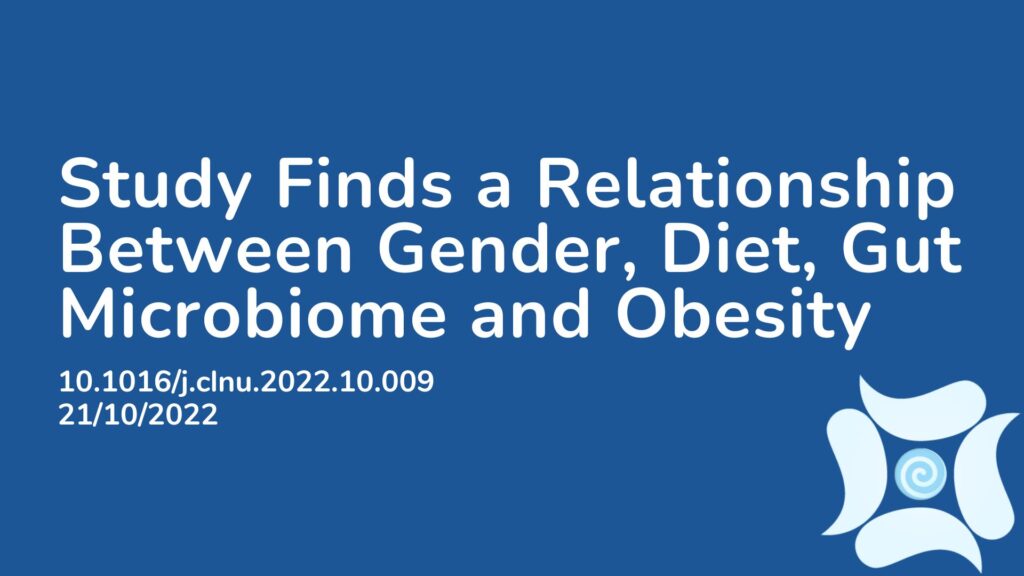Summary: According to the World Health Organisation, the prevalence of overweight and obesity in children and adolescents has increased fivefold in recent years. This is a serious concern as obesity at childhood is often carried into adulthood and comes with risk of many diseases and mortality. Understanding which early interventions are most effective is of paramount importance. The gut microbiome has been identified in literature as a key factor contributing to childhood obesity as it is involved in the absorption of calories, metabolism of carbohydrates, the production of short chain fatty acids and other mechanisms involved in weight gain. This study examines the relationship between dietary intake, gut microbiota and metabolism in the gut with obese adolescents, also looking patterns amongst sexes. The fecal gut microbiota, plasma metabolites as well as diet intake information were used as measures. The results showed that there were gender differences among overweight adolescents and adolescents who were not overweight in regards to their gut microbiota and fecal and plasma metabolites. There was also certain bacterias seen more prevalently in individuals who were not obese, such as a decreased presence of parabacteroides in obese females, which is a bacteria that contributes to weight loss by supporting the intestinal barrier and alleviating inflammation. The intake of soy also showed to be negatively associated with the production of parabacteroides, and a reduced number of Phascolarctobacterium was also seen. Febal gut microbial analysis also showed presence of other substances such as xanthine and ornithine in both girls and boys, suggesting that this could be used as a clinical tool to predict obesity in girls and boys. Dysbiosis was also present in obese individuals.
Abstract:
Background and aims: The interplay among dietary intake, gut microbiota, gut metabolites and circulating metabolites in adolescents is barely known, not to mention sex-dependent pattern. We aimed to explore unique profiles of gut bacterial, gut metabolites and circulating metabolites from both genders of adolescents due to BMI and eating pattern. Methods: Clinical indices, fecal gut microbiota, fecal and plasma metabolites, and diet intake information were collected in case-control sample matched for normal and obesity in girls (normal = 12, obesity = 12) and boys (normal = 20, obesity = 20), respectively. 16S rRNA gene sequencing and untargeted metabolomics was performed to analysis the signature of gut microbiota and metabolites. Unique profiles of girls associated with BMI and eating pattern was revealed by Spearman’s correlations analysis, co-occurrence network analysis, Kruskal-Wallis test, and Wilcoxon rank-sum test. Results: Gender difference was found between normal and obese adolescents in gut microbiota, fecal metabolites, and plasma metabolites. The Parabacteroides were only decreased in obese girls. And the characteristic of obese girls’ and boys’ cases in fecal and plasma was xanthine and glutamine, ornithine and LCA, respectively. Soy products intake was negatively associated with Parabacteroides. The predicted model has a higher accuracy based on the combined markers in obesity boys (AUC=0.97) and girls (AUC=0.97), respectively. Conclusions: Reduced abundance of Phascolarctobacterium and Parabacteroides, as well as the increased fecal xanthine and ornithine, may provide a novel biomarker signature in obesity girls and boys. Soy products intake was positively and negatively associated with Romboutsia and Parabacteroides abundance, respectively. And the combined markers facilitate the accuracy of predicting obesity in girls and boys in advance.
Article Publication Date: 21/10/2022
DOI: 10.1016/j.clnu.2022.10.009




